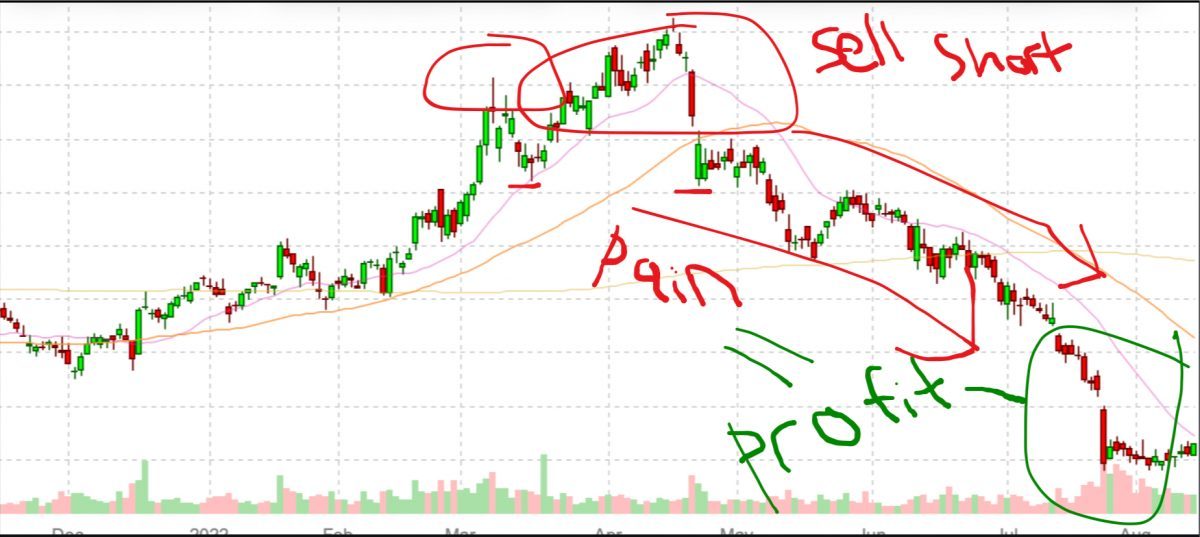Short Selling & Margin

5 Essential Considerations When Buying Stocks on Margin
Investing in individual stocks may be a cornerstone of your investment and wealth building strategy, which comes with many different risks. One advanced technique that amplifies both potential gains and potential losses is buying individual stocks on margin. Before diving headfirst into margin trading, it is essential to understand the potential pitfalls and risks of […]

A Closer Look at Inverse ETFs: Shorting the Market with ProShares, Direxion, and iShares
Exchange-traded funds (ETFs) have gained substantial popularity in the past decade due to their flexibility, tax efficiency, and accessibility. Among the wide range of strategies that ETFs allow investors to implement is shorting the market or benefiting from a decrease in the value of a market index. In this article, we’ll delve into three inverse […]

Margin Trading for Beginners – 6 Tips for Avoiding a Margin Call
Buying stock on margin essentially means purchasing stocks with borrowed money from a brokerage firm. In other words, an investor opens a brokerage account (perhaps with an online broker) and borrows funds from their broker to buy securities. Margin trading can allow you to increase your potential returns, as you can invest more money than […]

Short Selling for Beginners – How to Make Money Short Selling Stocks
Short selling is a strategy that is used by traders to profit from a decline in the price of a security. When short selling, the investor borrows shares of a stock from someone else (could be an individual or a brokerage firm), sells them on the open market, and hopes to buy them back at […]
